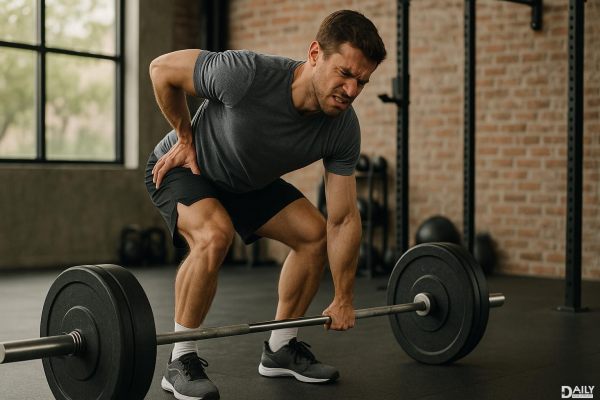Trauma-informed fitness isn't just another wellness buzzword—it's a revolutionary approach that bridges the gap between physical training and mental health recovery. By acknowledging how trauma reshapes the body's stress responses, this method transforms workouts from potential triggers into tools for empowerment. Forget "no pain, no gain"; here, the mantra is "safety first, growth follows." Whether you're a survivor, a trainer, or someone who just feels off during certain exercises, understanding trauma-informed principles could be your game-changer for sustainable health.
Why Your Workout Might Feel Like Warfare
Ever notice how some yoga poses make you want to bolt instead of breathe? Or why bootcamp drills leave you shaky long after the sweat dries? That's your nervous system flashing warning lights. Trauma—whether from childhood adversity, accidents, or systemic oppression—rewires the brain to perceive threat where none exists. Traditional fitness often amplifies this by prioritizing intensity over individual needs. Think screaming trainers, forced stretches, or ignoring when someone says "stop." Trauma-informed flips the script by recognizing that the body keeps score, and workouts should help reset it—not retraumatize.
The Science of Stress and Squats
When trauma dysregulates the autonomic nervous system, it messes with everything from muscle tension to coordination. Cortisol spikes make some people dissociate during cardio; adrenaline dumps can turn weightlifting into a panic attack. Research shows trauma survivors often hold protective tension in their psoas (those deep core muscles tied to fight-or-flight responses). Trauma-smart trainers watch for subtle cues like shallow breathing or frozen posture—signs the brain's alarm system is hijacking the workout. The fix? Techniques borrowed from somatic therapy: grounding exercises between sets, emphasizing choice ("you pick the next move"), and ditching timed drills that mimic survival stress.
Gym Floors to Healing Spaces
Forward-thinking studios are ditching mirrors (which can trigger body dysmorphia) and assaulting fluorescent lights for softer lighting. Classes might start with "body scans" instead of jumping jacks, letting participants check in with their physical and emotional states. Equipment gets rearranged to avoid trapping people in corners—a major trigger for those with histories of confinement. Even language shifts: cues become invitations ("if you'd like to try this variation") rather than commands. The result? Clients report feeling present in their bodies instead of battling them, turning deadlifts into acts of reclaiming strength rather than punishment.
Trauma-Smart Training for Every Body
You don't need a PTSD diagnosis to benefit. Maybe you've just noticed certain movements make you inexplicably angry or numb. Start with identifying your "edge"—the point where challenge tips into distress. For one person, that's backbends triggering old vulnerability; for another, partner drills activate abandonment fears. Modify freely: swap burpees for marching in place if explosive motions feel threatening. Seek trainers who ask "how does this feel?" more than "how many reps?" Pro tip: water-based workouts are inherently regulating—the hydrostatic pressure mimics therapeutic weighted blankets.
When the Body Finally Feels Like Home
The magic happens when movement becomes reparative. A boxing class where you set boundaries by literally pushing away pads. A dance session where joyful motion overwrites memories of frozen terror. One client described finally completing a pull-up after years of shoulder hunching from abuse: "I didn't just lift my body—I lifted the shame." This isn't about avoiding hard work; it's about ensuring every squat, lunge, or sprint writes a new neural script where strength means safety. As one trauma-informed coach puts it: "We're not fixing broken people. We're helping whole people rediscover their unbreakable parts."
The fitness industry's next evolution isn't hotter, harder, faster—it's kinder, wiser, and deeply human. Whether you're designing programs or just trying to enjoy your morning jog, trauma-informed practices remind us that true wellness honors the stories our bodies carry. Because healing happens not in spite of our past, but through compassionate attention to how it shapes our present movement.
























